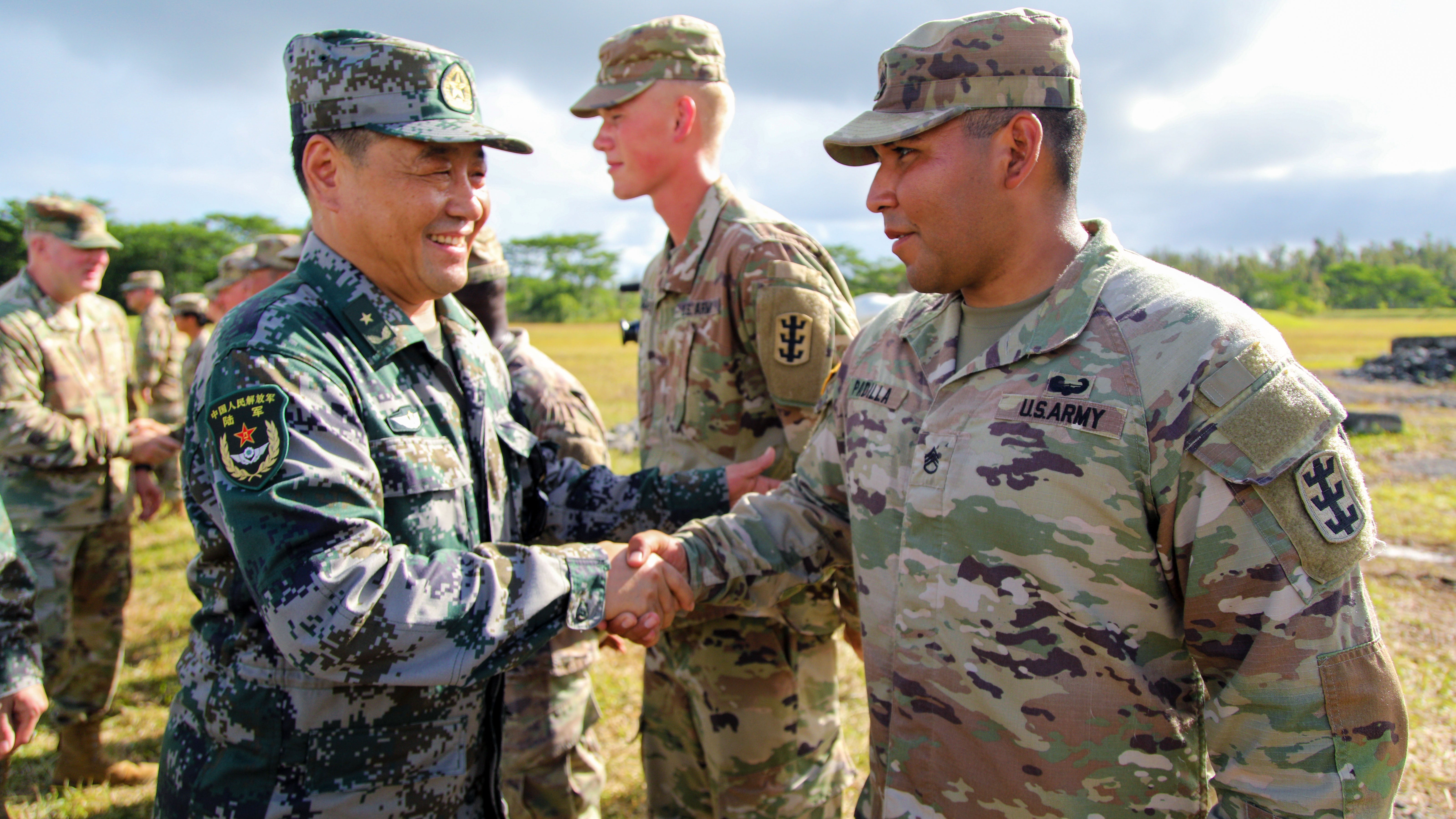China’s Army Becoming Modern, Mobile and More Lethal
China’s Army Becoming Modern, Mobile and More Lethal

A new report to Congress reveals why the U.S. Army is thinking so much about China as a near-peer competitor.
The army part of the People’s Liberation Army has 915,000 active-duty troops in combat units, making it the world’s largest ground force and one that is fielding upgraded combat and communications systems and other technologies in a drive toward a “more modern, mobile and lethal ground force,” says the DoD report titled “Military and Security Developments Involving the People’s Republic of China.”
The full report, released Sept. 1, is available here.
The Chinese army’s “modernization seeks to improve its ability to conduct joint operations in a high-intensity conflict and project power abroad,” the report says. It also notes that China’s land force—called the People’s Liberation Army Army or PLAA—continues “to create and mature formations at lower echelons that are more operationally flexible and better suited to conducting and managing complex combined-arms and joint operations.”
There has been more training and more realistic training as the PLAA transforms from a regional defense force so it can handle “trans-theater operations,” the report says. To do this, it has improved its ability to conduct sustained, multidomain operations.
It is now organized into five theater Army commands, plus commands in Tibet and Xinjiang, and has 13 corps-sized armies, a reduction of about five armies since 2017 as part of an effort to streamline and downsize the force structure, the report says.
Restructuring was designed so combined arms battalions could “conduct operations with greater independence from higher echelons,” the report says. There also is greater flexibility to tailor force packages.
Like the U.S. Army, modernization has been a PLAA priority, although it appears to be trailing U.S. efforts, partly because China’s army is so large. Some infantry units have combat systems from the 1960s.
“Despite the PLA’s modernization ambitions and its demonstrated ability to develop highly modern equipment for ground forces, the PLAA has faced challenges acquiring and fielding new equipment in sufficient quantities to retire its legacy equipment, although it continues to make progress in this regard,” the report says.
DoD and the Army are working on new Indo-Pacific strategies that take a transforming China into consideration.
Army Chief of Staff Gen. James McConville said in July that U.S. allies and partners in the Indo-Pacific are “looking for a strong friendship” with the U.S. In a discussion at the Center for Strategic and International Studies, he said, “No one wants to have any type of conflict out there because, as we all know, there's so much trade going on that is so important to the global economy.”

